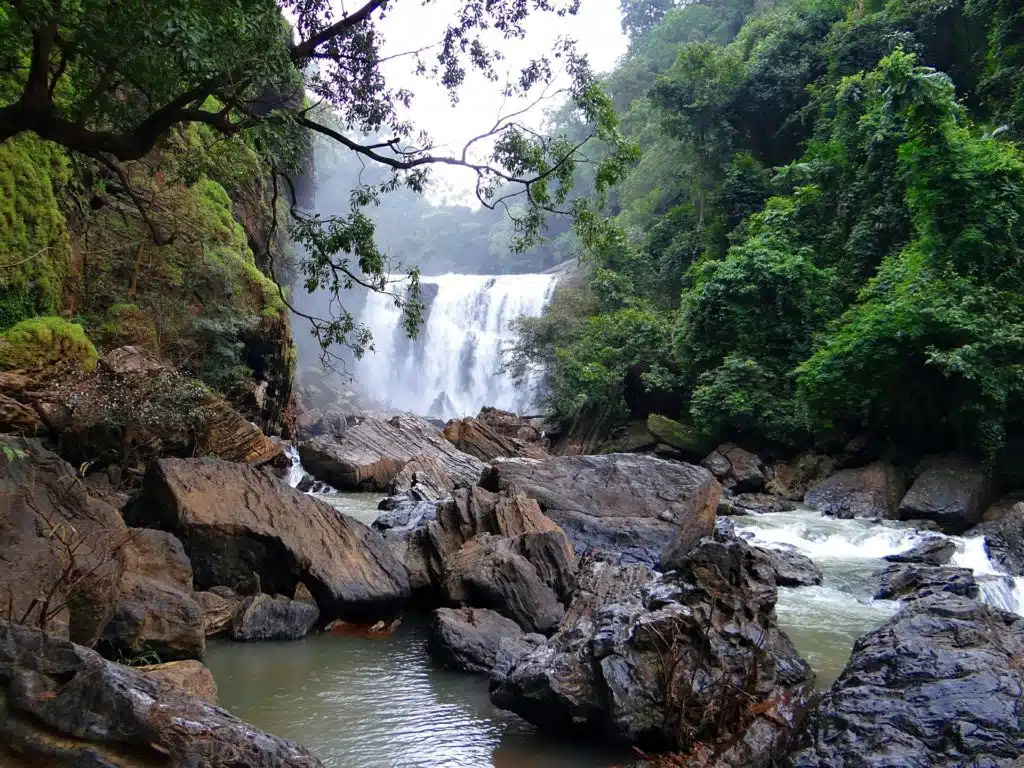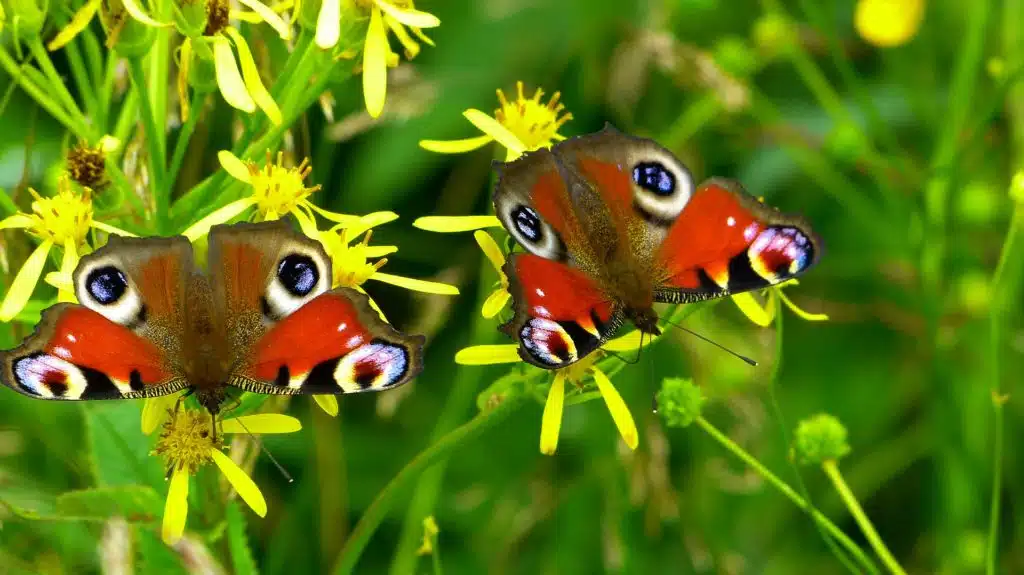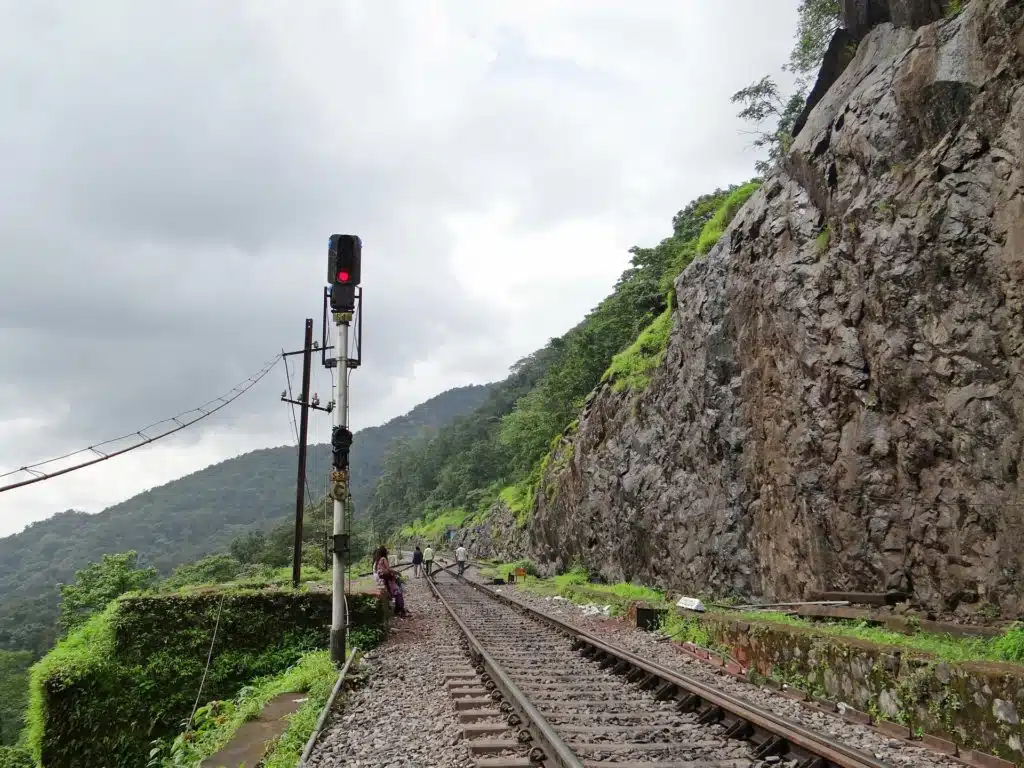Western Ghats
The Western Ghats are the mountain groups running parallel to the western coast of the Indian peninsula. The Ghats is well known for its biodiversity, where we can find a variety of flora and fauna. The Western Ghats again find a place in the news after the announcement of the UNESCO World Heritage site. Followed by UNESCO announcement, the government of India appointed two committees [Gadgil committee and Kasturirangan committee] to study the measures taken to protect it.

Western Ghats Geographical Features
- Mountain range starts around the border of Gujarat and Maharashtra, to the south of river Tapti.
- Runs through the states of Maharashtra, Goa, Karnataka, Kerala and Tamil Nadu.
- Ends at Kanyakumari, the southern tip of India. It covers approximately 1600km.
- The Western Ghats blocks southwestern monsoon winds reaching the Deccan plateau.
Rivers
- Major rivers originate from the Ghats, these include Godavari, Kaveri, Krishna, Thamiraparani, Tungabhadra.
- These watersheds feeding the perennial rivers.
- These rivers flow to the east and drain into the Bay of Bengal.
- The tributaries, Kabini, Periyar, Bhima etc flow towards the west to western ghats and drain into the Arabian sea.
- The major use of these water bodies is irrigation and hydroelectric purposes.
Also, read: Interlinking of Rivers in India: Merits, Demerits & features
Biodiversity of Western Ghats
- The Western Ghats are home to thousands of species, including globally threatened species.
- These species include mammals like lion-tailed macaque, Indian elephants [endangered species].
- Reptile includes various snake population and vulnerable Mugger crocodiles.
- Amphibians of the Ghats are diverse and unique that includes endangered species of purple frog. Moreover, it is home to many caecilian species.
- A variety of fishes are present in the rivers of the Western Ghats including threatened, vulnerable and endangered fishes.
- Bird population includes more than 500 species like Nilgiri Wood Pigeon, broad-tailed grass bird etc.
- Apart from these the Ghats homes to various insects, mollusks, and fauna.
The significance of conserving The Western Ghats
It is clear from the data that these Ghats play a pivotal role in maintaining ecological balance. Moreover maintaining ecological balance, it also conserves natural biodiversity. However, overpopulation and industrialization put a huge burden on the Western Ghats. Due to these reasons, deforestation has increased at an alarming rate thereby creating a threat to ecology and species.
The single reason behind the complete protection of the Western Ghats is the phenomenon of endemism. There are around 1500 species of flowering plants, 500 species of fishes, amphibians, reptiles, and mammals according to various studies.
Recent Sensitive issues
The major challenge nowadays is the construction of two controversial dams-Athirapally in Kerala and Gundia in Karnataka. The ministry of environment and forest should take prompt actions to reject environmental clearance. The proposed sites are in close proximity to the environmentally sensitive areas. Apart from these issues, another concern is the mining problems in Goa. The panel rejected for proposals of new mining sites from the sensitive areas. These guidelines sound good in the overall view.
Gadgil Committee and Kasturirangan Committee
Gadgil committee, headed by ecologist Madhav Gadgil, appointed by union ministry in 2011. The committee recommended to declare the whole of Western Ghats as an ecologically sensitive area[ESA]. Only limited developments allowed in graded zones. These recommendations waved widespread protests from the states. The reason for such oppositions is due to the fact that it affects the agricultural production, the livelihood of the major inhabitants. Furthermore, according to Gadgil committee suggestions, local inhabitants should leave their dwellings. Because of these reasons, the state governments forced the center to delay imposing ESA restrictions.
Kasturi Rangan committee:
It headed by former ISRO chairman, K. Kasturirangan. The central government appointed this committee in view of string oppositions from public and state governments. The major recommendations include only 37%[60,000Sq Km] of western ghats is to be declared as ESA. A significant reduction in figures when compared to the Gadgil committee. However, Kerala managed to reduce the ESA in response to all party protests. Kerala applied to the ministry of environment and forests[MoEF] to exclude 3,117 square km of settlements.
Overall, the recent issues can be viewed as a tag of war between development and conservation. It is undeniable fact that western ghats play a seminal role in mediating role over the monsoon in the country. Furthermore, the country is undergoing the worst drought of the century. In this context, the preservation of the ghats deserves at most importance. A speedy action is necessary from the government side beyond the development of wildlife sanctuaries and national parks. Otherwise, huge environmental problems will arise in near future, for instance, drying up of many rivers. Industrialization is the major hurdle in the demarcation of ESA, however, it cannot be delayed.
Also read: Nuclear Suppliers group and India’s bid for NSG membership
Conclusion
As the western ghats play a vital role in ecological balance and home for biodiversity, it deserves preservation at most importance. The enforcement of various laws to prevent exploitation of this environmental hotspot cannot be delayed. Also check: useful Books to crack IAS











Leave a Reply